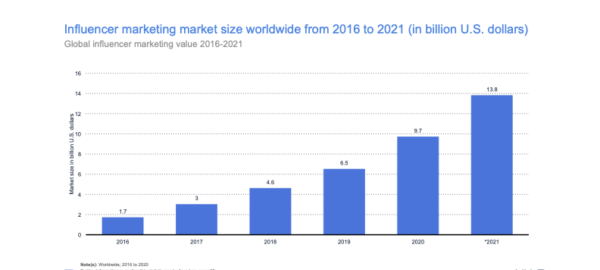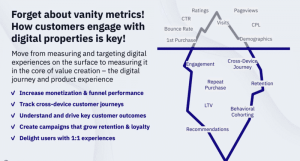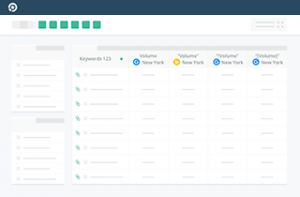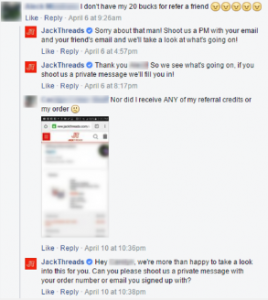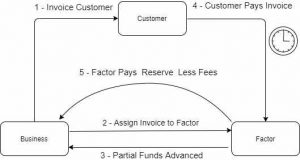For decades, Division I schools in the National Collegiate Athletics Association have gone unchallenged in their efforts to keep athletic benefits capped. Not only has this decision rendered conference competition heavily regulated, but it has also proven oppressive to athletes.
To justify strict regulations, NCAA schools insisted that college tuition benefits more than made up for $ 8+ billion a year in sports-generated sales. But Forbes noted a critical discrepancy – one that athletes have been painfully aware of for some time:
“Less than 7% of the revenue generated by [NCAA football and basketball] go to its athletes in the form of scholarships and stipends for living expenses.”
After much advocacy on behalf of college athletes, the Supreme Court ruled that the NCAA is subject to antitrust laws just like any other organization operating within the United States. By implication, federal judges ruled the NCAA’s athlete benefits restrictions illegal.
Among the most high-profile consequences of this ruling is the opportunity for college athletes to earn compensation on behalf of their name, image, and likeness.
What does NIL mean?
NIL is an abbreviation for Name, Image, Likeness and currently refers to NCAA college athletes’ ability to profit from their personal brand while a sports scholarship beneficiary.
The NCAA moved quickly to scrap and reform regulations on athlete benefits after the Supreme Court’s decision. While the recent federal ruling did not force NCAA members (schools) to permit NIL endorsement deals for its college athletes, the decision did declare that any collective effort by college sports programs to limit athlete benefits would no longer be tolerated, pending legislation from individual states.
What was the NCAA’s NIL ruling?
Recognizing that it could no longer forbid college athletes from earning cash or gifts from brands seeking endorsements, the NCAA decided on July 1 that it would lift NIL restrictions and advise universities to establish their own NIL policies in compliance with newly-formed state laws.
One South Florida paper, The Palm Beach Post, has been following the NCAA council closely since the Supreme Court’s decision on NCAA v. Alston. Immediately following the federal ruling, the publication noted:
“The NCAA stands on the edge of the most fundamental change to the college sports landscape since Title IX, the gender-equity law that was implemented nearly 50 years ago.”
The article continues,
“Under the new arrangement, college athletes will be allowed to engage in activities, including endorsement deals, leveraging social media for pay, and getting compensated for coaching, making personal appearances and signing autographs.”
While many state lawmakers are still deliberating on the best course of action, several states have already passed laws meant to permit and/or regulate NIL earnings for college athletes.
“NCAA college athletes will have the opportunity to benefit from their name, image and likeness beginning Thursday [July 1, 2021]. Governance bodies in all three divisions today adopted a uniform interim policy suspending NCAA name, image and likeness rules for all incoming and current student-athletes in all sports.” – NCAA.org, June 30, 2021
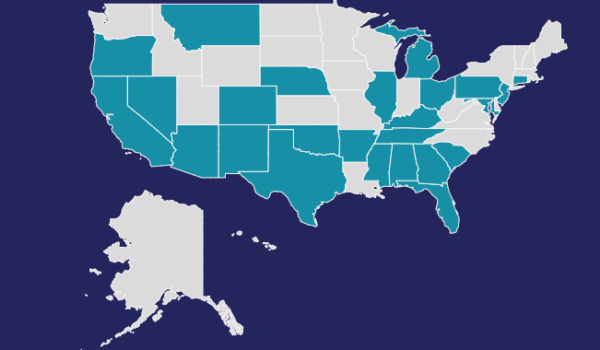
States marked green have passed legislation regarding NCAA athlete NIL use, as of August 10, 2021 (Source: Business of College Sports)
What does the NCAA’s Name Image Likeness (NIL) Ruling mean for brands?
In short, brands that partner with professional athletes are now able to seek endorsements from college athletes, so long as they comply with state laws and university regulations.
This news comes not a moment too soon as influencer marketing is exploding around the world and capitalizing on the inspiring (and at times controversial) stories of this year’s value-conscious Olympians.
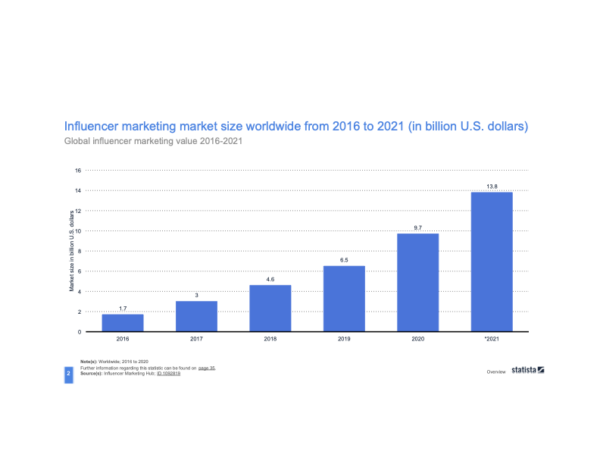
Source: Statista, 2020
Professional athlete endorsements have traditionally accompanied notably high marketing costs. In all likelihood, college athlete endorsements are already lowering those costs dramatically.
In turn, brands must recognize that product endorsements online are only as effective as they are genuine. The growing practice of giving social media creators free gifts to nurture brand affinity will become even more sustainable as brands build relationships with an entirely new crop of credible and famous customers.
“Trusted endorsements are the linchpin to effective influencer marketing. But if you can’t buy trust…how do you build it? The same way you do in real life: Through cultivating genuine relationships. Brands need to see influencers not as a transaction, but as a real connection.” GRIN, Authentic Influencer Marketing
What does the NCAA’s NIL Ruling mean for the world of influencer marketing?
ON A BILLBOARD IN TIME SQUARE WHAT IS LIFE… blessed
pic.twitter.com/ZyA4Uim5zB
— Hanna Cavinder (@CavinderHanna) July 1, 2021
Almost immediately, agency efforts to represent college athletes in sports marketing skyrocketed.
Some of the most lucrative brand endorsements today occur on social media, the current birthplace of influencer marketing and the creator economy. Upon being accepted into a Division I sports program, many young athletes are likely to experience a rapid increase in social media followings, as well as endorsement requests from brands.
In fact, high school athletes with college sports scholarship aspirations may want to start early when it comes to building their online communities. The likelihood of converting that online fanbase into an alternative source of income will be high if they can succeed in college sports, regardless of whether they make it to professional league play.
All things considered, influencer marketing was growing remarkably fast without the help of collegiate sports. But now that college athletes may partner with their favorite brands, influencer marketing is long past the “fad” or “trend” stage – it is the future of digital and word-of-mouth marketing.
Digital & Social Articles on Business 2 Community
(88)
Report Post